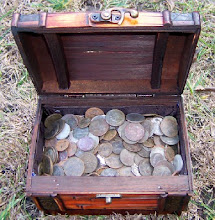The border of Vermont from Highgate Springs east to Canaan, has been a favorite area for smugglers between the United States and Canada since the 1770's. Smuggling became so bad in the early 1800s that American soldiers were stationed at Swanton to try to prevent this illegal activity.
From 1807 to 1814, St. Albans, because it was the northernmost sizeable community in western Vermont, was the largest base of smuggling operations on Lake Champlain.
There is a recreational area near Stowe named Smugglers Notch. This pass was used during the War of 1812 to smuggle contraband into and out of the United States. Sometimes the caves in the area were used to store these goods.
During the two World Wars and Prohibition, millions of gallons of whiskey of all descriptions were hauled back and forth between Canada and Vermont. There are several stories of caches of payoff money being hidden in the caves to keep the money from falling into the hands of the authorities. With a little local research, the entire border of northern Vermont could be interesting and perhaps profitable for a treasure hunter to check out.
Known as Smugglers' Cave, this hidden, natural shelter was once a place where smuggled goods were stashed. Before Route 108 was built in the early 1920s, a footpath and horse trail crossed the Notch. Locals used the Notch to illegally transport goods in the 19th century, and slaves traveled through the Notch to escape to Canada. Also, alcohol was smuggled across the area during Prohibition in the 1920s.




0 comments:
Post a Comment